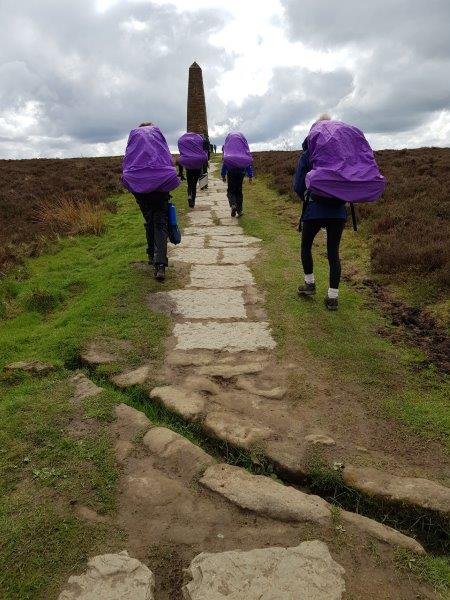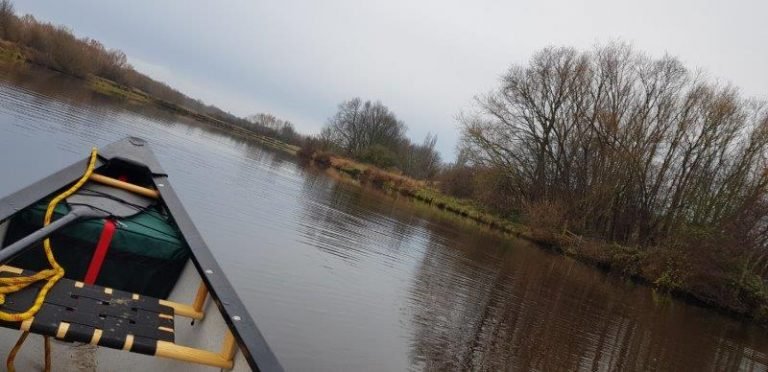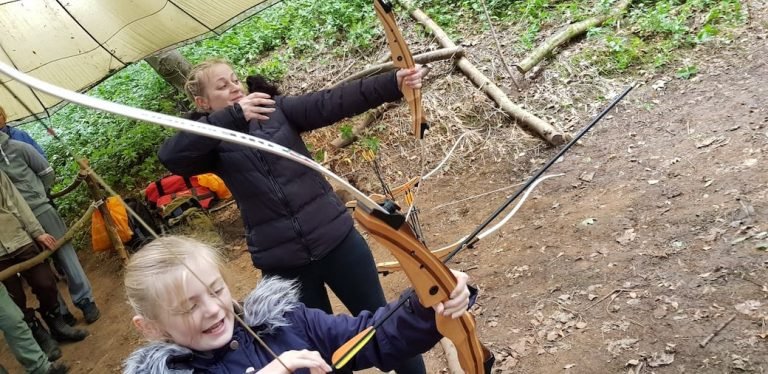There’s more to the humble Grid Reference than meets the eye!
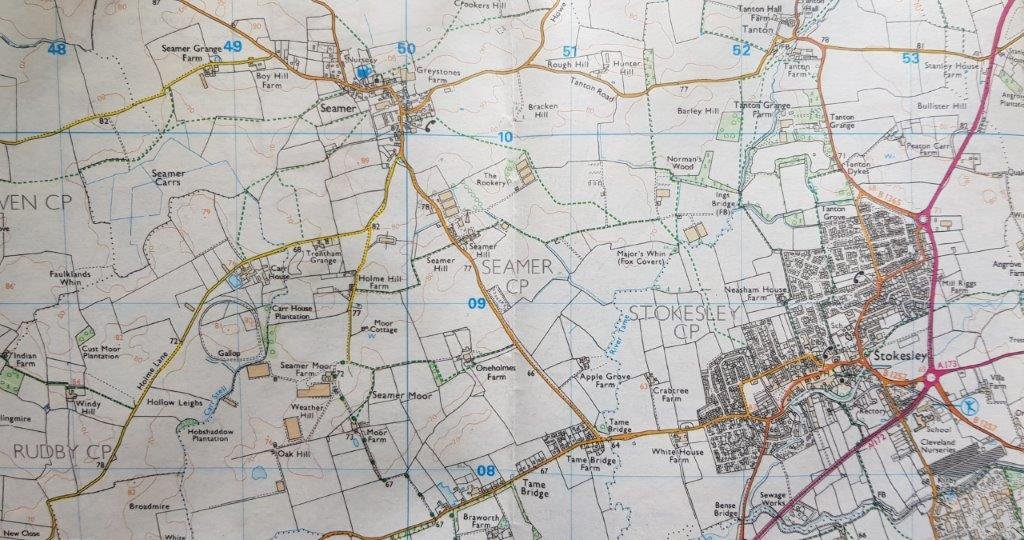
I was recently working with a group on a bleak hill side, it was raining and blowing, we were focusing on pacings, bearings, tick features and some some precise navigation in open country. During the debrief, one of the students said that they need more practice on grid references. Grid references! It struck me that I’d assumed everyone had a grasp on grid references – when I’ve discussed them recently, with DofE participants, adults on navigation courses and Higher Education students, they have reminded me that they were covered in maths and geography whilst at school- when they were sometimes referred to as co-ordinates- a term that can be used when considering map and compass. People have explained they know them, so I’ve taken them for granted and have focussed on more advanced navigation strategies. But, it is worth reminding ourselves of them…
Before we get too deep in the technical stuff, here’s a quick video of how to take simple grid reference on a map:
I then got to thinking, that there’s actually more to grid references than meets the eye. And, that grid references often feature early in our learning about navigation and map & compass skills- then afterwards, unless we are relating our location to others, or writing route cards or when we need Mountain Rescue, then grid references can become a blurred memory. It’s also vital that we get them right- especially if it is the only means to summon help! So, this blog post is intended to remind myself of the factors surrounding grid references, to reinforce the need to cover them in enough detail and, if you deem it relevant, to inform you of grid references!
“Along the corridor and up the stairs…”

This is probably the most well known way of remembering the order of the grid reference, we go along the corridor before going up the stairs. To be precise, we need to read the numbers that go from left to right, and then the ones that go up from the bottom to the top. This includes the numbers within the grid square, when we have divided it into 10 both horizontally and vertically. There was another sawing I heard recently- we go in before we go up- but this doesn’t have the same
You might have heard of the Eastings and Northings. These refer to the numbers, rather than the grid lines. The Eastings are the numbers which go vertically, and therefore the vertical lines, whilst the Northings are the numbers that go horizontally. Who needs to know this though? Is this just a fact that is discussed and known, but is rendered insignificant by the saying “along the corridor and up the stairs…”?
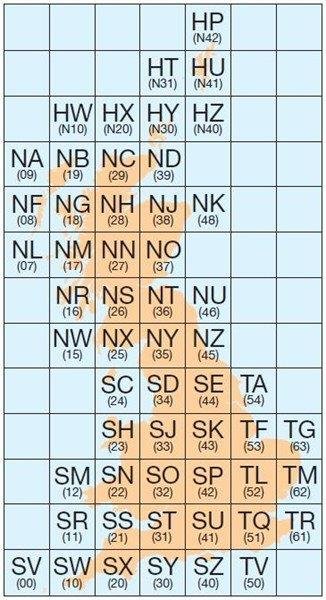
The grid system does not simply exist on one map- that is to say, that it does not simply start at 00, 00 in the bottom left corner of every map; rather, there is a grid system that originates to the South West of the country- this is in the square marked SV in picture 3.
From here, there is a series of squares that is each 100km in width and 100km in height. Each of these squares has a code- as can be seen to the left.
In turn, each of the 100km x 100km squares is divided into 1km squares; it is these 1km x 1km squares that are the grid system we see transferred onto the maps we use. It should be noted that the maps we use don’t coincide with the British Grid System, rather they pick up the grid system wherever they start- so, you might get map that has its grid starting at 45 and 85 (for example). Some of the maps overlap by one or two grid squares rather than butting up to each other. Further to that- the 1:25,000 maps we use are rectangular- if they are in portrait orientation they are approximately 30 grid squares in width and 22 in height.
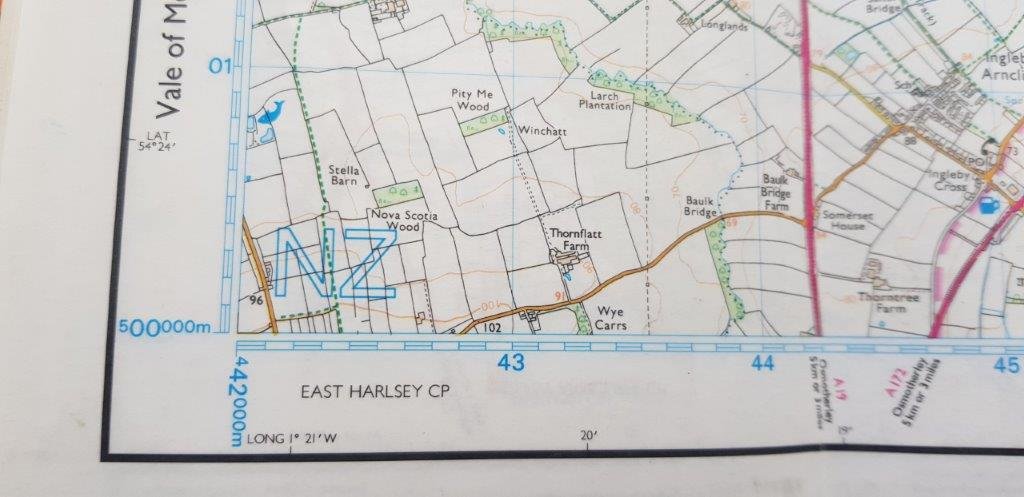
Therefore, strictly, a grid reference should includes the letter code as well, this can usually be found in the corners of the map; clearly, if you are staying on one map and writing your own route card- then this is not necessary- but if you’re crossing from one map to another, you can record the map number you’re using; if you were requesting help from Mountain Rescue you could also give the map number you’re using, as local teams will, I’m sure, have the corresponding map!
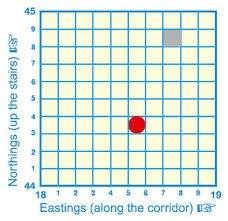
Returning to an earlier point, that each grid square on a map is 1km by 1km- and they are then sub-divided into 10 smaller smalls horizontally and 10 vertically (meaning that each grid square consists of 100 smaller squares); therefore, any grid reference is accurate to an area that is 100m by 100m! It is for this reason that when giving a grid reference it is worth giving a worded description as well.
When considering maps, it’s also worth noting that regardless of whether you’re using a 1:25,000 scale map, 1:40,000 or a 1:50,000 scale- the grid system is the same; likewise, if you use maps produced by different manufacturers, whether it’s a Ordnance Survey Explorer map, or one of Harvey’s British Mountain Maps the grid system is the same!
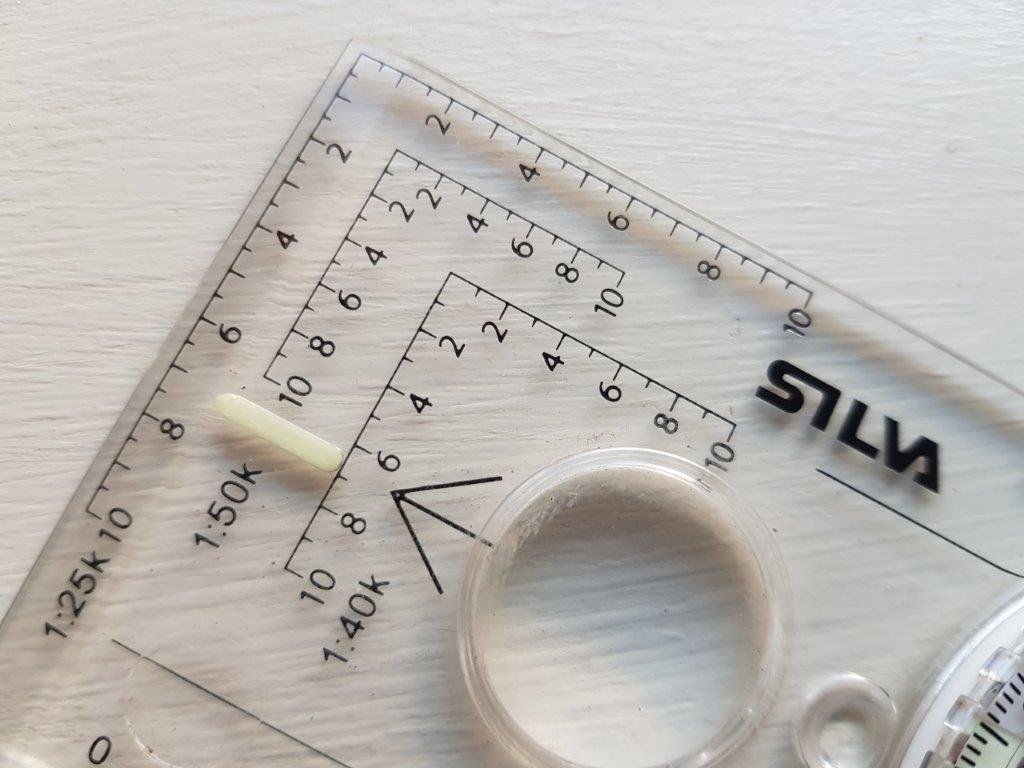
I really think that the romer is such a useful tool! For several reasons, but here I will focus on their use when working out grid references. I’ve seen people carrying separate transparent plastic cards with a grid on- that they overlay on each grid square when measuring grid references; or estimating the figures within the grid square- all whilst they have a compass with a romer on! Is it that they don;t know how to use it, or is it that they haven’t realised that it is there?!

As you will see, the three romers on this compass are for maps with the scale of 1:25,000, 1:40,000 and 1:50,000- so they can be used with a variety of maps from different manufacturers.
Finally, I’m often asked what book I’d recommend. My first response is often that it is more valuable getting out and using maps and compasses to navigate. If you would like to buy a book then this is the one I’d recommend!


